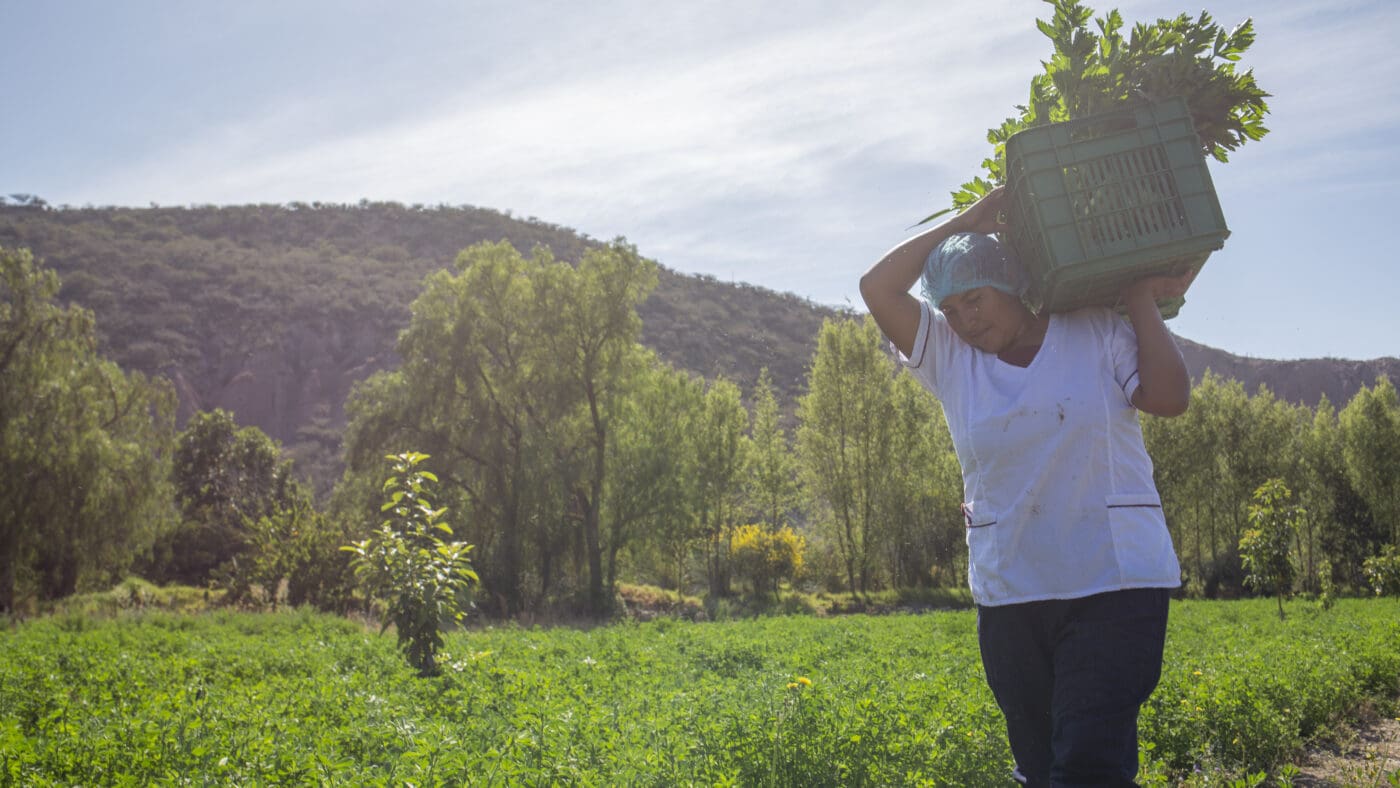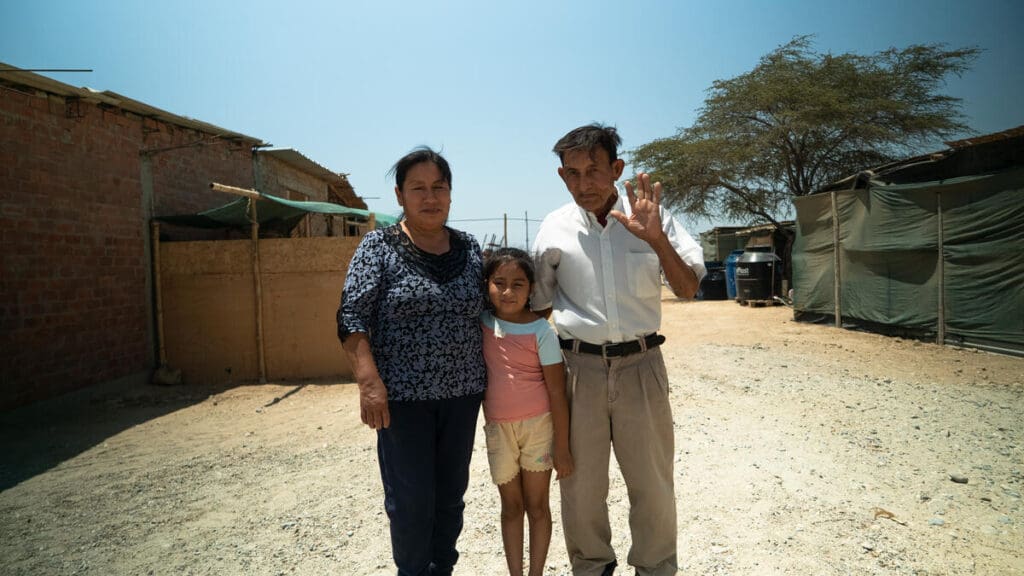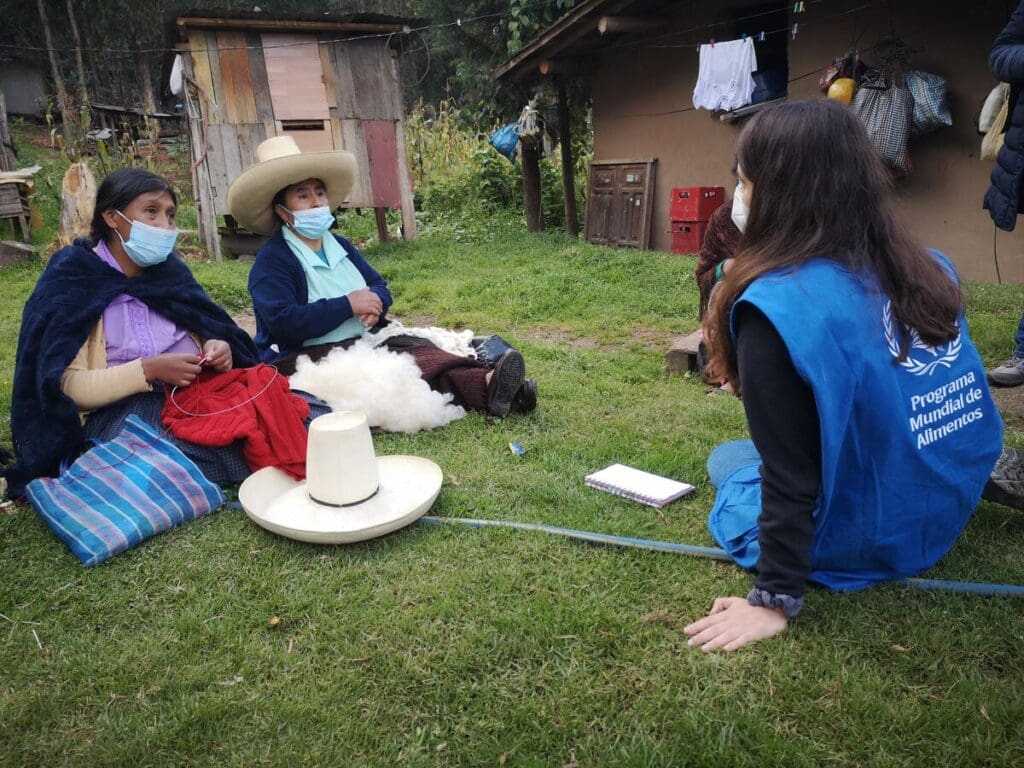
Peru
Over the past decade, hunger and poverty have significantly decreased in Peru, though one quarter of the population lives below the poverty line and deep pockets of hunger remain in rural areas of the country.
Improvement in Peru
Over the past decade, hunger and poverty have significantly decreased in Peru, thanks to consistent economic growth, investments in infrastructure, education and health, and an expansion of social programmes.
One of the country’s greatest achievements was the halving of chronic child malnutrition, currently at 13.1 percent. However, rates still vary widely among regions, reaching peaks as high as 33.4 percent in remote rural areas in the Sierra and Amazon regions. Among indigenous people, especially in the Amazon, stunting rates have not decreased in the past ten years.


WFP’s Work in Peru
The United Nations World Food Programme (WFP) has been present in Peru since 1968.
The U.N. World Food Programme’s operations focus on nutrition education and supporting the government’s emergency preparedness and response capacity in food aid and logistics. To tackle persistent hunger and malnutrition, the U.N. World Food Programme also provides technical assistance to the government on nutrition and disaster risk management policies.
In Peru, Colombia and Ecuador, the U.N. World Food Programme is also providing emergency food assistance to Venezuelan migrants.